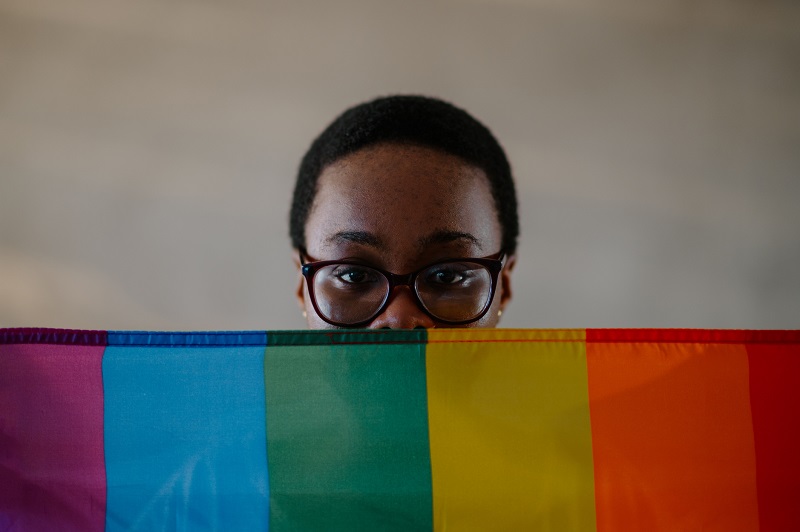At the start of Black History Month in the UK, DiversityQ caught up with Julia Taylor Kennedy, EVP of Coqual, to hear why Black employees shouldn’t be celebrated just one month of the year. This is what she had to say…
Julia, how do we ensure that celebrating Black History Month (BHM) doesn’t turn into a ‘woke-washing’, performative event?
Use the BHM platform to be honest and clear about where things stand today when it comes to racism and oppression in the UK. Our recent study found that 52% of Black women intend to leave their companies within two years. It’s a staggering figure, and it’s connected to their day-to-day workplace experiences, which frequently include microaggressions, exclusion, and a lack of role models at senior leadership levels. Sharing those facts and stories to illustrate them helps add substance to a milestone like Black History Month.
What should CEOs do to ensure the culture of their organisation is inclusive every day? How do we know if we have an inclusive culture?
The first action CEOs can take is to acknowledge systemic racism and the fact that it impacts every institution and organisation. Then, they can move through three phases to take strategic, meaningful action to address racism in their organisations – a difficult process that must be a year-round endeavour.
First stage: audit. To understand how it shows up in their organisation, CEOs and their teams can work with a consulting firm that specialises in DE&I culture audits. Coqual frequently works with companies in this capacity–to collect the data and stories that document how systemic racism shows up in their own organisations.
Second stage: awakening. With that information, the CEO and their team can drive a company-wide awakening, holding sessions to share the data, its implications, and plans to make progress in key areas for improvement.
Third phase: action. Finally, with information and buy-in from the first two phases, the CEO and team can move into an action phase, putting in place interventions to promote inclusive leadership. For example, working with HR to select, review, promote, and compensate leaders based on their ability to support and grow talent of all backgrounds, especially those who are Black.
What role does intersectionality play when it comes to marking BHM? How far do you feel that employers understand the minoritisation within minoritisation?
Intersectionality is a critical part of understanding how oppression works. The term was coined by legal scholar Kimberle Crenshaw to describe the unique and compounding impact of holding dual “outsider” identities. Take Black women professionals in the UK, who are more likely to be planning to leave their companies within two years; they experience racism and sexism, which can produce unique exclusionary behaviours.
In a study of women in STEM fields, we found that Black women often feel excluded from both women and Black affinity networks because the women’s network tended to prioritise White women, while Black networks tended to be led by Black men.
Ensuring Black women see themselves represented and have avenues to connect is crucial to a successful inclusion strategy. During a focus group, one Black queer woman said, “I’ve walked away from companies. I’ve quit jobs without having another lined up. [Because] I was being held to expectations that were ridiculous, unattainable. And no one else in my entire team was being held to those same standards.”
What can Black employees do to help themselves in the workplace? Whose responsibility is it?
The responsibility to address racism at work falls squarely on the shoulders of leaders and those who build and implement talent systems and company culture – not on Black employees.
However, given that many Black professionals work within cultures that exclude them, there are common strategies we observed that many employ.
First, they connect with others of similar backgrounds for support and guidance.
Second, they raise their hands for opportunities to gain visibility with senior leaders and those in power, since they are less likely to be noticed.
Third, they select their employer wisely.
They look for companies with diversity in their senior leadership teams, DE&I strategies in place, and Black colleagues at various levels of the organisation’s hierarchy.









